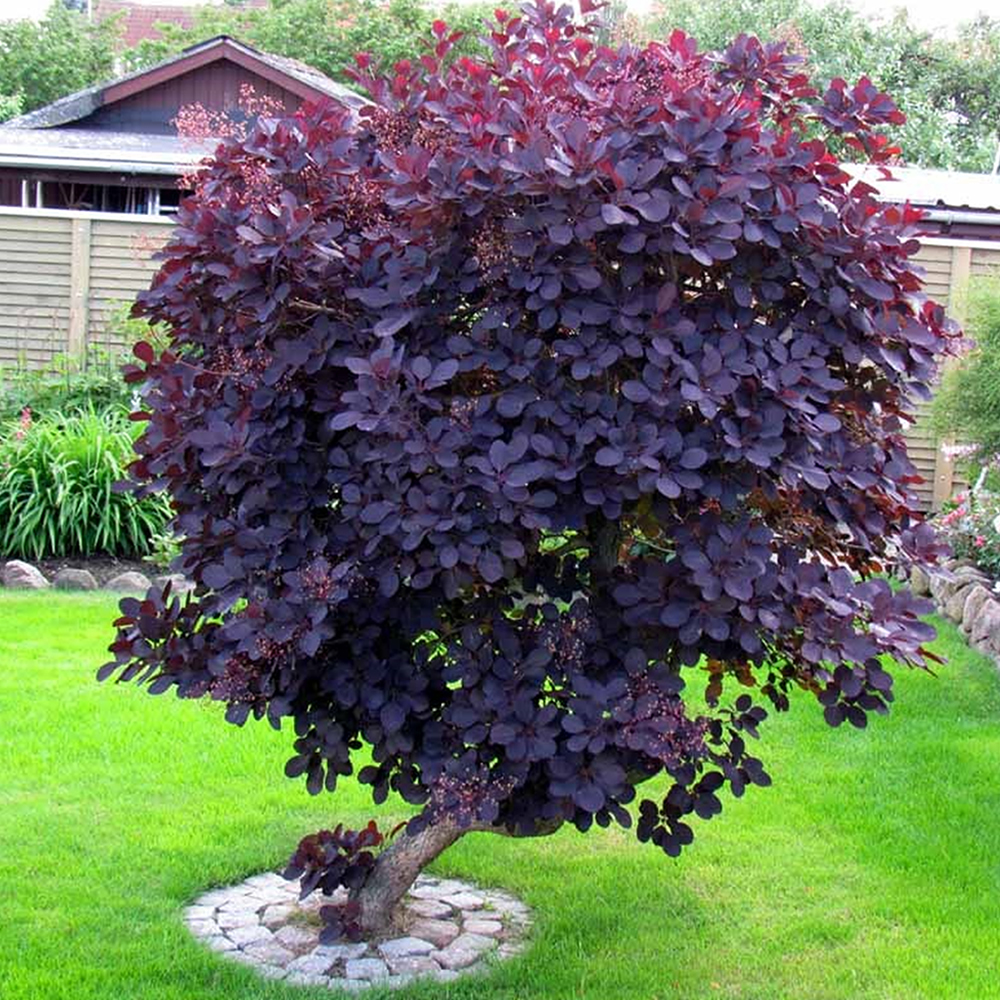The Beauty and Benefits of Purple Shrubs
Purple Shrubs: An
Purple shrubs are a type of plant that can add color and interest to any garden or landscape. These shrubs come in a variety of shades, from deep violet to light lavender, and can range in size from small, compact bushes to large, sprawling trees. In this article, we'll explore the many benefits of adding purple shrubs to your outdoor space.
Benefits of Purple Shrubs
There are many reasons why you might want to consider planting purple shrubs in your garden. Here are just a few:
1. Aesthetic Appeal
Of course, one of the main reasons to plant purple shrubs is for their beautiful color. Whether you choose a deep, rich purple or a lighter, more delicate shade, these plants are sure to add visual interest to your outdoor space.
2. Low Maintenance
Many types of purple shrubs are very easy to care for, making them an ideal choice for busy homeowners or those who don't have much experience with gardening. With the right soil, water, and sunlight, these plants can thrive with minimal attention.
3. Attracting Wildlife
Some species of purple shrubs, such as butterfly bush, are known for their ability to attract birds, bees, and other pollinators. Adding these plants to your garden can help create a more diverse and thriving ecosystem.
4. Privacy and Screening
If you're looking for a way to add some privacy to your outdoor space, planting purple shrubs can be a great option. Many varieties grow quickly and can form a dense, natural barrier between your yard and the rest of the world.
Choosing the Right Purple Shrubs
If you're interested in planting purple shrubs in your garden, it's important to choose the right varieties for your specific needs. Here are some things to consider:
1. Size
Think about how much space you have available and choose a variety that will fit comfortably in your yard. Some types of purple shrubs can grow quite large, so be sure to do your research before making a purchase.
2. Sunlight Needs
Different types of purple shrubs have different requirements when it comes to sunlight. Make sure you choose a variety that will thrive in the amount of light available in your outdoor space.
3. Soil Conditions
Similarly, different types of purple shrubs have different soil requirements. Some prefer well-draining soil, while others do best in loamy or sandy soil. Be sure to choose a variety that will be happy in the type of soil you have in your garden.
Planting and Caring for Purple Shrubs
Once you've chosen the perfect purple shrubs for your garden, it's time to get them in the ground. Here are some tips for planting and caring for these beautiful plants:
1. Choose the Right Time
The best time to plant purple shrubs is in the fall or early spring, when the weather is cool but the soil is still warm enough to encourage root growth.
2. Prepare the Soil
Before planting, make sure the soil is loose and well-draining. If necessary, amend the soil with compost or other organic matter to create the ideal growing conditions.
3. Water Regularly
Purple shrubs need regular watering, especially during hot, dry weather. Aim to water deeply once a week, rather than giving your plants frequent shallow waterings.
4. Prune as Needed
Depending on the variety of purple shrub you choose, you may need to prune it regularly to encourage healthy growth and maintain its shape. Be sure to research the specific pruning requirements for your chosen plant.
Frequently Asked Questions
1. Can I plant purple shrubs in containers?
Yes, many types of purple shrubs can be grown in containers, as long as the container is large enough and has adequate drainage.
2. Will purple shrubs attract pests?
While some types of purple shrubs can be attractive to certain pests, such as aphids or spider mites, these issues can usually be managed with proper care and attention.
3. Can purple shrubs be used for cooking or medicinal purposes?
Some varieties of purple shrubs, such as lavender, are commonly used for culinary or medicinal purposes. However, it's important to do your research before using any plant for these purposes, as not all plants are safe for consumption or use in medicine.
4. How quickly do purple shrubs grow?
The growth rate of purple shrubs can vary depending on the species and growing conditions. Some varieties may reach their full size within just a few years, while others may take several decades to mature.
5. Are there any special considerations when planting purple shrubs near other plants?
If you're planting purple shrubs near other plants, be sure to consider factors such as light requirements, soil conditions, and potential competition for resources. It's also a good idea to research any potential allelopathic effects that your chosen shrub may have on other plant species.










Comments
Post a Comment